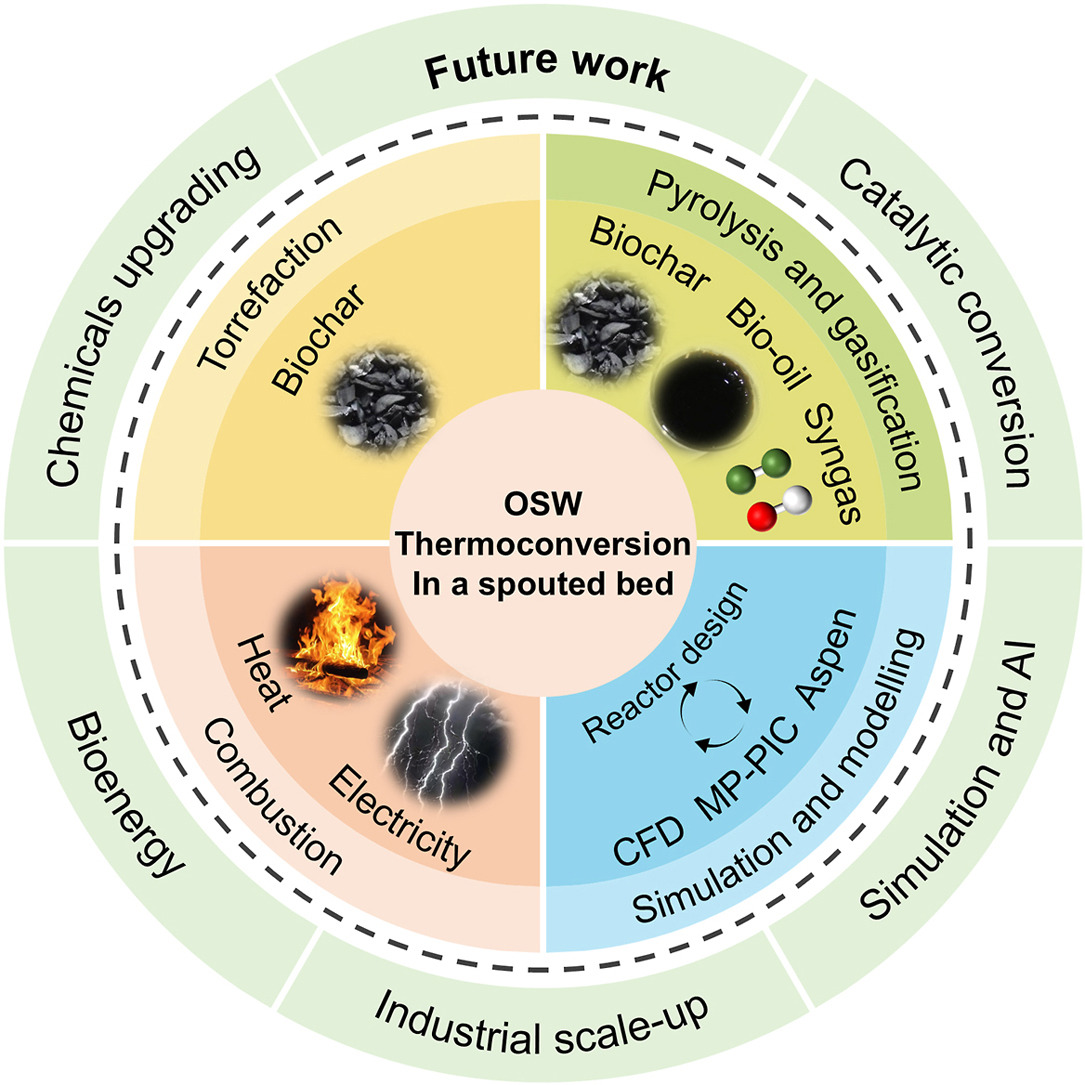- Volumes 96-107 (2025)
-
Volumes 84-95 (2024)
-
Volume 95
Pages 1-392 (December 2024)
-
Volume 94
Pages 1-400 (November 2024)
-
Volume 93
Pages 1-376 (October 2024)
-
Volume 92
Pages 1-316 (September 2024)
-
Volume 91
Pages 1-378 (August 2024)
-
Volume 90
Pages 1-580 (July 2024)
-
Volume 89
Pages 1-278 (June 2024)
-
Volume 88
Pages 1-350 (May 2024)
-
Volume 87
Pages 1-338 (April 2024)
-
Volume 86
Pages 1-312 (March 2024)
-
Volume 85
Pages 1-334 (February 2024)
-
Volume 84
Pages 1-308 (January 2024)
-
Volume 95
-
Volumes 72-83 (2023)
-
Volume 83
Pages 1-258 (December 2023)
-
Volume 82
Pages 1-204 (November 2023)
-
Volume 81
Pages 1-188 (October 2023)
-
Volume 80
Pages 1-202 (September 2023)
-
Volume 79
Pages 1-172 (August 2023)
-
Volume 78
Pages 1-146 (July 2023)
-
Volume 77
Pages 1-152 (June 2023)
-
Volume 76
Pages 1-176 (May 2023)
-
Volume 75
Pages 1-228 (April 2023)
-
Volume 74
Pages 1-200 (March 2023)
-
Volume 73
Pages 1-138 (February 2023)
-
Volume 72
Pages 1-144 (January 2023)
-
Volume 83
-
Volumes 60-71 (2022)
-
Volume 71
Pages 1-108 (December 2022)
-
Volume 70
Pages 1-106 (November 2022)
-
Volume 69
Pages 1-122 (October 2022)
-
Volume 68
Pages 1-124 (September 2022)
-
Volume 67
Pages 1-102 (August 2022)
-
Volume 66
Pages 1-112 (July 2022)
-
Volume 65
Pages 1-138 (June 2022)
-
Volume 64
Pages 1-186 (May 2022)
-
Volume 63
Pages 1-124 (April 2022)
-
Volume 62
Pages 1-104 (March 2022)
-
Volume 61
Pages 1-120 (February 2022)
-
Volume 60
Pages 1-124 (January 2022)
-
Volume 71
- Volumes 54-59 (2021)
- Volumes 48-53 (2020)
- Volumes 42-47 (2019)
- Volumes 36-41 (2018)
- Volumes 30-35 (2017)
- Volumes 24-29 (2016)
- Volumes 18-23 (2015)
- Volumes 12-17 (2014)
- Volume 11 (2013)
- Volume 10 (2012)
- Volume 9 (2011)
- Volume 8 (2010)
- Volume 7 (2009)
- Volume 6 (2008)
- Volume 5 (2007)
- Volume 4 (2006)
- Volume 3 (2005)
- Volume 2 (2004)
- Volume 1 (2003)
• Recent progresses in thermoconversion in spouted beds are reviewed.
• Spouted beds are well suitable for torrefaction, pyrolysis, gasification, and combustion of OSW.
• Catalytic thermoconversion shows promise for OSW valorization.
• Large-scale valorization of OSW using spouted bed is still very limited.
Valorization of organic solid waste (OSW) is a promising avenue for the production of value-added products and renewable energy sources. This paper offers an exhaustive review of the thermochemical conversion processes in spouted bed reactors, which yield products like biochar, bio-oil, and syngas, as well as energy forms such as heat and electricity. While numerous studies have been conducted on thermoconversion in spouted beds, there is a scarcity of systematic reviews on this topic. This paper underscores the importance of spouted beds in torrefaction, pyrolysis, and gasification, drawing on both experimental and simulation perspectives. By focusing on reactor design, reaction condition optimization, and catalyst enhancement, OSW can be more efficiently transformed into valuable products and bioenergy. Furthermore, the integration of simulation and modeling offers profound insights into the intricate reactions that occur during thermal conversion. Current simulation studies in spouted bed reactors are primarily centered around reaction kinetics, Computational Fluid Dynamics (CFD) modeling, the Multiphase Particle-In-Cell (MP-PIC) approach, and process simulation. The future integration of Artificial Intelligence (AI) is anticipated to enhance parameter optimization with greater precision and facilitate industrial scale-up. The paper concludes with a synthesis and contemplation of the prospective advancements in spouted bed technology.

